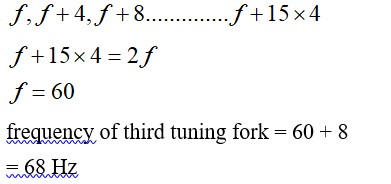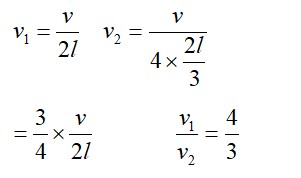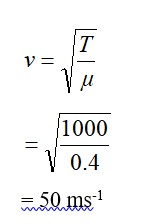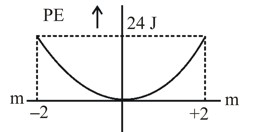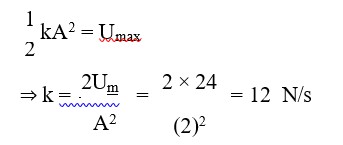15.5 You have learnt that a travelling wave in one dimension is represented by a function y = f (x, t) where x and t must appear in the combination x – v t or x + v t, i.e. y = f (x ± v t). Is the converse true? Examine if the following functions for y can possibly represent a travelling wave:
(a) (x – vt )2
(b) log [(x + vt)/x0]
(c) 1/(x + vt)
15.5 You have learnt that a travelling wave in one dimension is represented by a function y = f (x, t) where x and t must appear in the combination x – v t or x + v t, i.e. y = f (x ± v t). Is the converse true? Examine if the following functions for y can possibly represent a travelling wave:
(a) (x – vt )2
(b) log [(x + vt)/x0]
(c) 1/(x + vt)
-
1 Answer
-
(a) For x =0 and t=0, the function (x – vt )2 becomes 0
Hence for x=0 and t=0, the function represents a point and not a wave.
(b) For x =0 and t=0, the function = log 0 =
Since the function does not converge to a finite value for x =0 and t = 0, it represents a travelling wave.
(c) For x = 0 and t = 0, the function = =
Since the function does not converge to a finite value for x = 0 and t = 0, it does not represent a travelling wave.
Similar Questions for you
The acceleration of wave is g/2. Its speed increases as it moves up. So answer is (2)
Taking an Exam? Selecting a College?
Get authentic answers from experts, students and alumni that you won't find anywhere else
Sign Up on ShikshaOn Shiksha, get access to
- 66k Colleges
- 1.2k Exams
- 680k Reviews
- 1800k Answers

